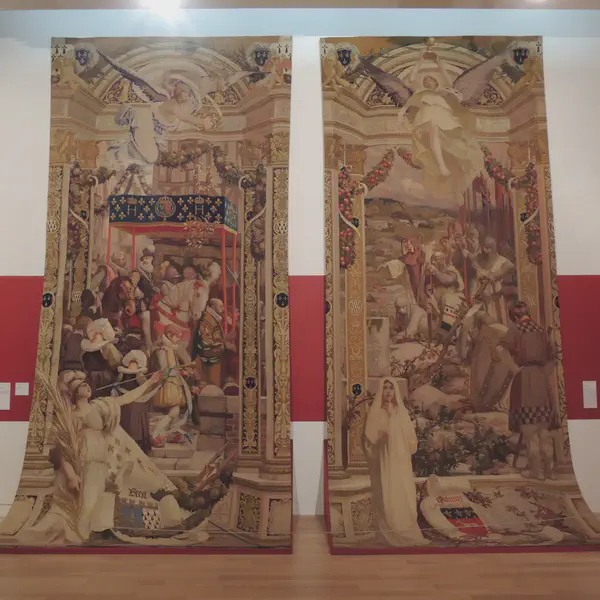
Alan II Barbetorte (Twisted Beard) of Brittany Defeats Normans.
August 2, 939
Brittany is a large peninsula in the north-west of France, surrounded by the English Channel to the north and the Atlantic Ocean to the west. Historically, the region is made up of two distinctly different cultural and linguistic areas: Gallo, a Romance language, was spoken in the eastern part (Upper Brittany), while the inhabitants of the western part (Lower Brittany), spoke Breton, a Celtic language. Inevitably, two different cultural traditions and customs came hand-in-hand with the different linguistic traditions.
The earliest evidence of human occupation in Armorica dates back to the Palaeolithic period (700 000 BC). In 56 BC, after the defeat of the Veneti by Caesar, the whole country was annexed by Rome for 4 centuries. The Bretons, living in what is now Great Britain, emigrated to Armorica in the 5th century. They colonised and revitalised the region, converting it to Christianity. They also “re-Celticised” it renaming it “Little Britain” (Britannia Minor). Celtic expansion continued until the 9th century.
Prior to the 10th century, Brittany was severely affected by Viking attacks and ducal authority was weak. The Vikings occupied Brittany during the early tenth century until 939 when Alan II Barbetorte (Twisted Beard) aided by King Athelstan of England ended Viking rule. The Duchy of Brittany was reestablished once again in 939. From 1364 to 1468, Brittany enjoyed a golden age under the rule of the Dukes of Montfort during a period of material wealth and considerable intellectual and artistic richness. Alan II of Vannes (died 952), was count of Vannes and Nantes and duke of Brittany, from 936 to his death.